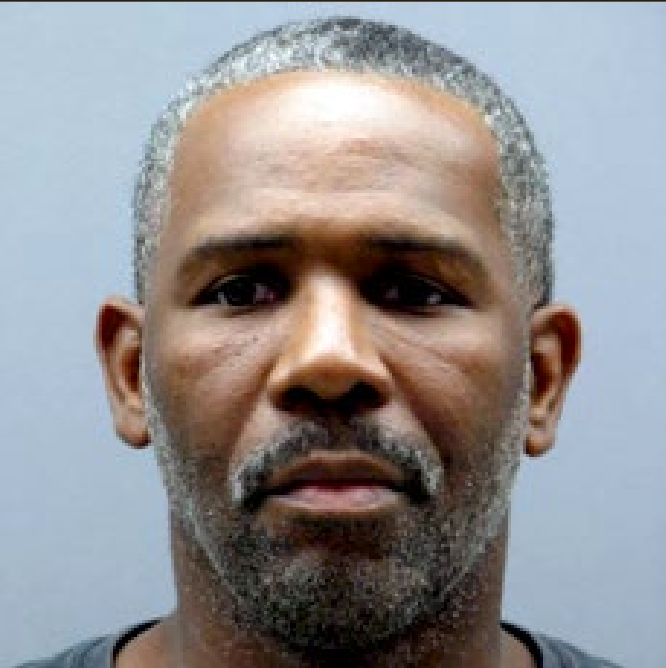
Thank you for reading D.C. Witness. Help us continue our mission into 2024.
Donate NowBy
D.C. Witness Staff
- July 17, 2018
Court
|
Homicides
|
Suspects
|
Defense counsel continued to insist July 12 that the defendants in a murder trial were actually the victims and that police and prosecutors constructed a false narrative around their mistaken theory of the case.
Joseph Barbour, Willie Glover and Charles McRae are charged with first-degree murder while armed. Witnesses say the men attempted to rob an apartment on the 700 block of 24th Street, NE in 2015. According to witness testimony, Barbour, 38, and Glover, 40, stormed into the Langston Terrace apartment wearing masks while McRae, 66, came in without one. They are accused of stabbing Lenard Wills, 50, during the robbery.
Barbour’s attorney, Samuel Delgado, began his closing statement by reiterating his theory of the case. The attorney said Barbour was already in the apartment using drugs when three robbers entered. He said Barbour was stabbed in the chaos as people tried to escape.
Barbour’s attorney also said witnesses were coached by police and prosecutors between their initial interviews, grand jury testimonies and trial testimonies. He said the police and prosecutors implanted the key points of their theory of the case into the minds of the witnesses. According to Delgado, police intentionally neglected to tape interviews and took statements from witnesses whose minds were clouded by drug use in order to guide their testimonies and craft their own narrative.
Delgado then told the jury that the witnesses the prosecution used were not necessarily dependable, emphasizing that they were not the sorts of people the jury would invest their money with, and therefore were not to be trusted with other important matters.
Glover’s attorney, Thomas Heslep, commented on the witness who called himself “the doorman” in his closing statement, saying it was suspicious that the witness did not speak about the crime for years.
In addition, Glover’s attorney said he believed the police missed probable witnesses because they were locked into an incorrect theory. For example, Heslep referenced video footage taken when police arrived on the scene. The video showed a man, who was not questioned by police, leaving the building. Glover’s attorney said the police ignored the man because he didn’t fit into their theory.
“Whatever facts that came that might have disturbed their hypothesis were ignored,” Heslep said.
In response, the prosecution said the man, who left the building about 10 minutes after the stabbing, was excluded because, if he had been the murderer, there would have not been any reason for him to stick around after committing the crime.
The prosecution also said inadequate attention was paid to DNA found on one of Barbour’s shoes, a mixture from two individuals, one of whom was confirmed as Barbour. The other sample could not be determined.
Like Barbour’s attorney, McRae’s attorney said be believed his client was a victim. He said McRae happened to be entering the apartment when the robbers stormed in. Several witnesses have said McRae regularly came to the apartment to do drugs.
The jury began their deliberations July 13.
Follow this case